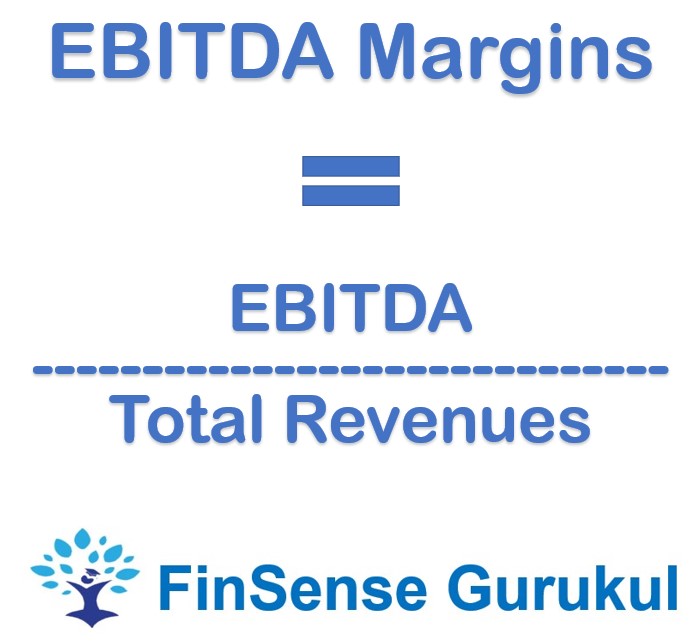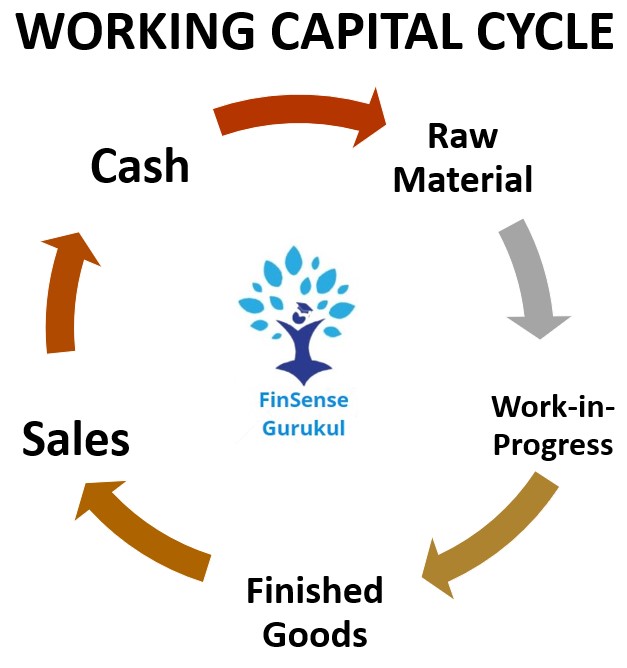
Thread: Debt to Equity Ratio
The debt to equity ratio or D/E is a very common metric used to decipher the financial strength of the company. It is calculated by dividing Total Debt (TD) by Shareholder’s Equity (SE).
The debt to equity ratio or D/E is a very common metric used to decipher the financial strength of the company. It is calculated by dividing Total Debt (TD) by Shareholder’s Equity (SE).
Total Debt is the sum of Short Term Borrowings (STB) and Long Term Borrowings (LTB) of the company. Shareholder’s Equity is the sum of Equity Share Capital (ESC) and Reserves & Surplus (RS).
So the expanded formula is
D/E = STB+LTB/ESC+RS
So the expanded formula is
D/E = STB+LTB/ESC+RS
All the components of the formula are available in the Balance Sheet of the company which can be checked on various websites on the internet and also in the Annual Report of the company.
High D/E: It is an indicator of the fact that the company is relying more on debt to finance its operations as it running short of own funds.
Low D/E: It is an indicator that the company is well-capitalized by own funds and need not rely on or tap debt funding for its operations
Low D/E: It is an indicator that the company is well-capitalized by own funds and need not rely on or tap debt funding for its operations
Capital-intensive industries like manufacturing may have a high D/E ratio and it may be normal for that industry type. Whereas industries engaged in services and technology may need less capital and should therefore have low D/E as a normal.
Is there an ideal ratio? It is not right to generalize for the whole market as the intensity of capital required depends upon the industry we are analyzing. A ratio of 2 is very high and risky for the service industry and may be normal for the high capital industry.
One needs to be cautious while analyzing as to what type of industry is under the lens. Here one can look at the industry benchmark for comparing the D/E ratio.
So Debt to Equity is an important and essential concept in ascertaining if a company is using more of its own capital or dependent more on borrowed capital. This makes a very clear diagnosis of the financial health of a business.
By @harindersnanda
By @harindersnanda
• • •
Missing some Tweet in this thread? You can try to
force a refresh





